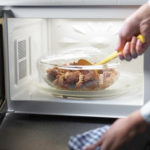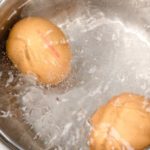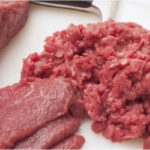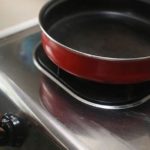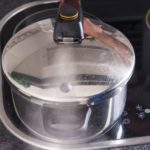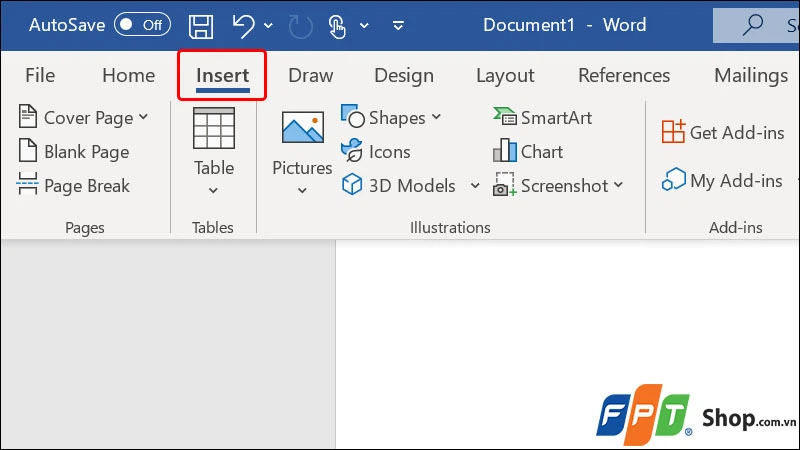Choose quality ribs
When going to the market, you need to choose ribs that are naturally bright pink in color and have a dry surface. Use your hand to press the meat on the rib, if it feels dry, not sticky and has elasticity. Do not buy ribs that are pale gray or dark in color, have a strange smell, and feel wet and sticky when touched. These are ribs from unhealthy pigs or ribs that have been left for too long.
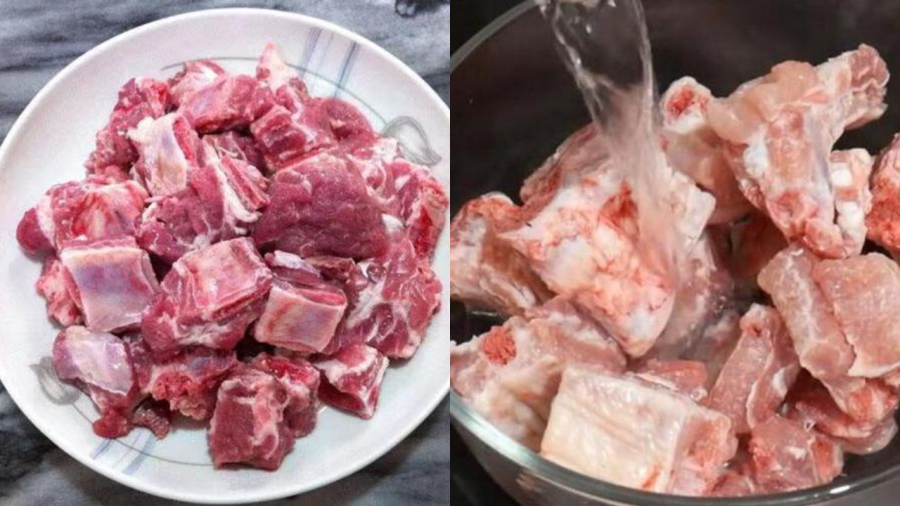
Prepare the ribs
Wash the ribs with diluted saltwater and fresh lemon juice. Salt helps remove dirt and kill some bacteria. Fresh lemon juice helps clean the ribs and eliminate unpleasant odors.
Simmering/boiling the ribs
You can choose to simmer the ribs in hot water or cold water. Each cooking method will yield different results.
Pork ribs contain a lot of hemoglobin – a red coloring agent in blood. If you put the ribs in boiling water, when cooked, the ribs will have a pink color. The reason is that when the meat comes into contact with hot water, the outer surface of the meat will quickly contract, and the hemoglobin from the outside will move into the center of the rib. For ribs with thick meat, after simmering over low heat for a long time, the ribs will be tender and still retain their pink color. This method is often used in many restaurants to boil chicken meat or make salted chicken, helping the meat to be beautifully pink and juicy. When making Vietnamese sausage, many people also use this method to give the sausage a pale pink color.
On the contrary, if you put the ribs in the pot when the water is still cold and gradually heat it up, the meat fibers will expand. At that time, the hemoglobin will also flow out and dissolve in the water. When cooked, the simmered portion will have a pale or light white color.
Note that if there is not enough water to submerge the ribs, the exposed meat will become dull and discolored.
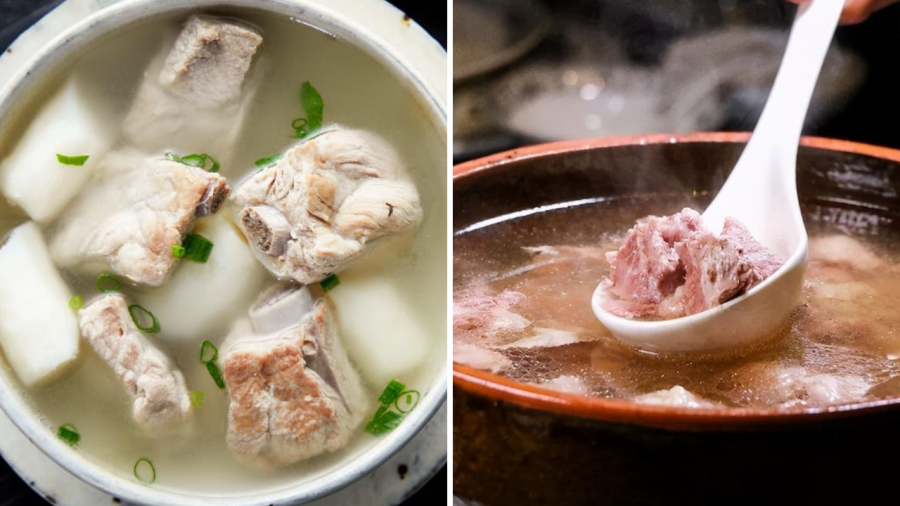
When simmering the ribs, you should use low heat. If you use high heat, the water will evaporate quickly, and the nutrients will evaporate as well. In addition, the water evaporates quickly, causing the ribs to be exposed to more air, leading to whitening, drying out, or discoloration. When simmering the ribs with high heat, the sweet flavor cannot be fully released, and the dish will be less flavorful.
Therefore, you should simmer the ribs over low heat, covering the pot tightly to let the ribs cook slowly.
Nowadays, we can use slow cookers or pressure cookers to simmer the ribs. These types of cookers have preset settings, you just need to put the ingredients in and choose the appropriate mode. If you don’t have these types of cookers, you can boil the ribs for about 15-20 minutes. Then cover the pot tightly with aluminum foil and turn off the heat. Let it sit like that for half a day to make the ribs tender. This method helps conserve gas, save electricity, maintain heat for simmering the ribs, prevent oxygen from entering inside, and keep the ribs beautifully pink.
Seasoning
You can season the ribs according to your preference. If you want the ribs to be flavorful, you can add some salt from the beginning. If you want the broth to be naturally sweet, you shouldn’t add salt from the beginning. Let the ribs simmer until tender, then dissolve the natural sweetness from the bones into the broth before adding salt.
Exploring Alternative Cooking Methods for Better Health – Part 2
Are you interested in providing nutricious meals for your family, but don’t know what cooking methods to use? Don’t let your lack of cooking skills keep you from providing the best possible health benefits for your family! Discover the different healthy cooking techniques that can maximize the nutrition in each delicious dish you create.

























